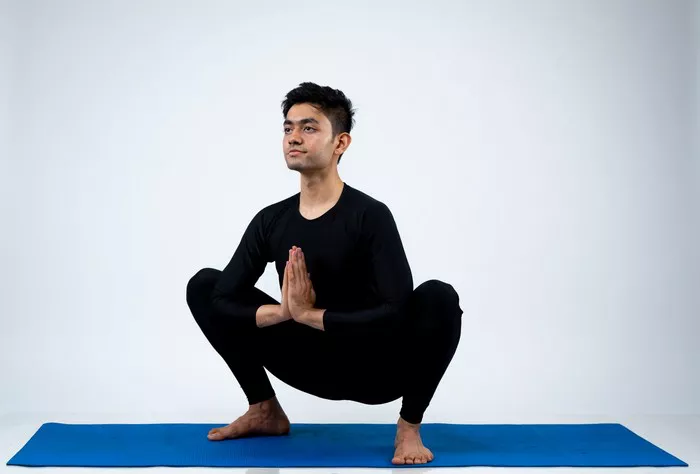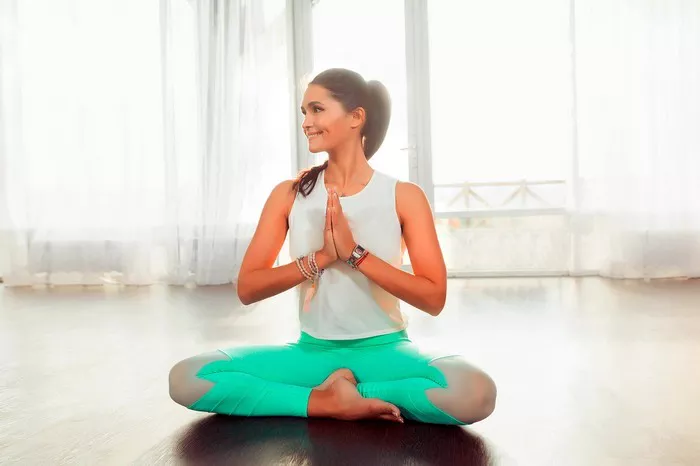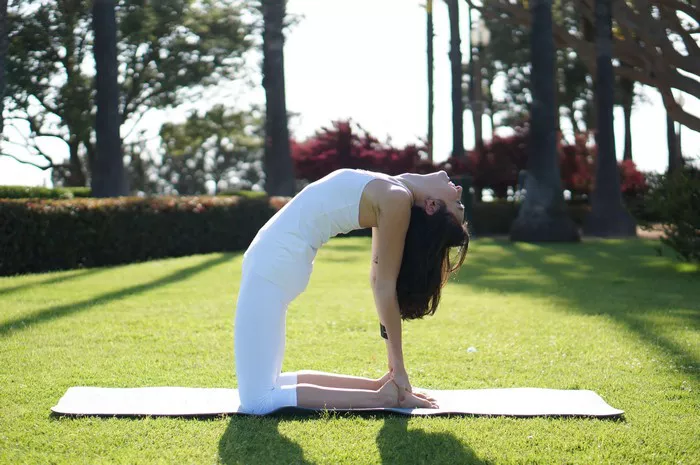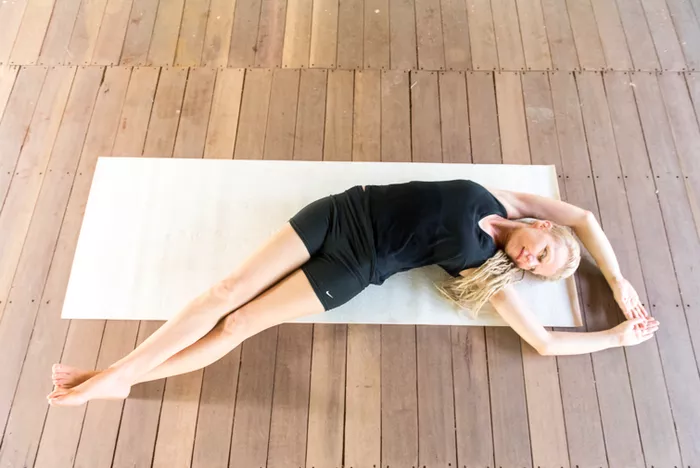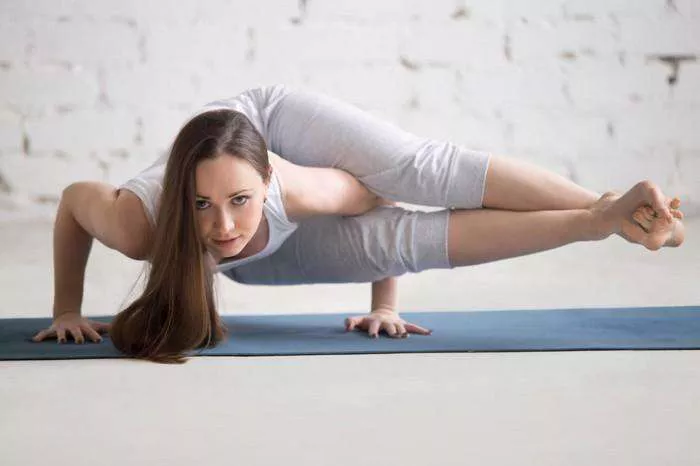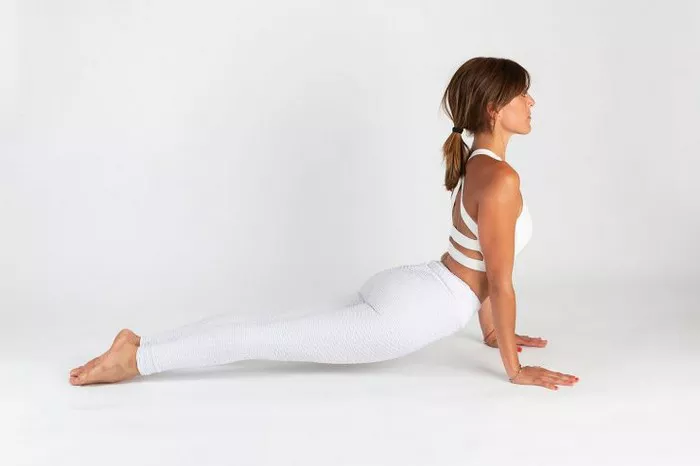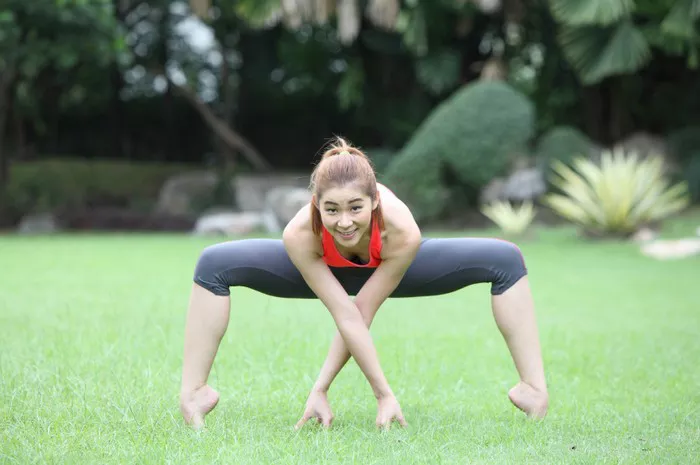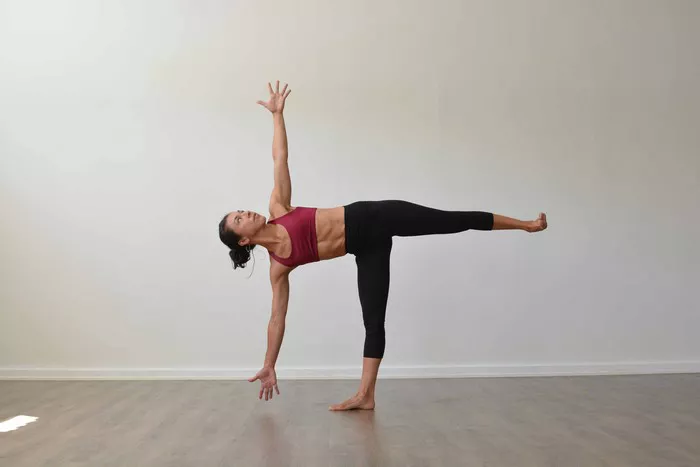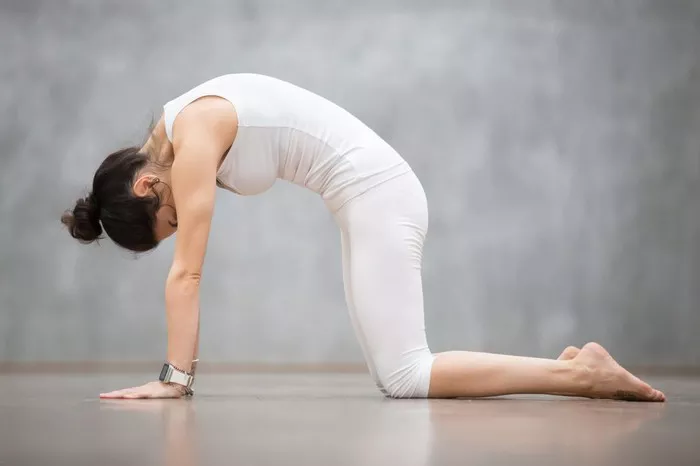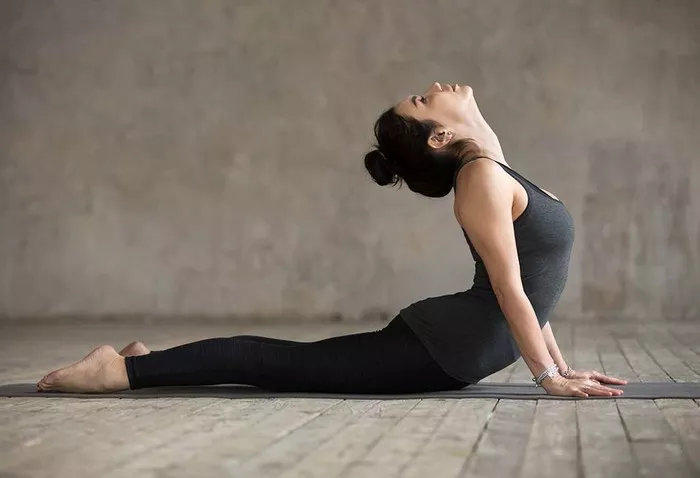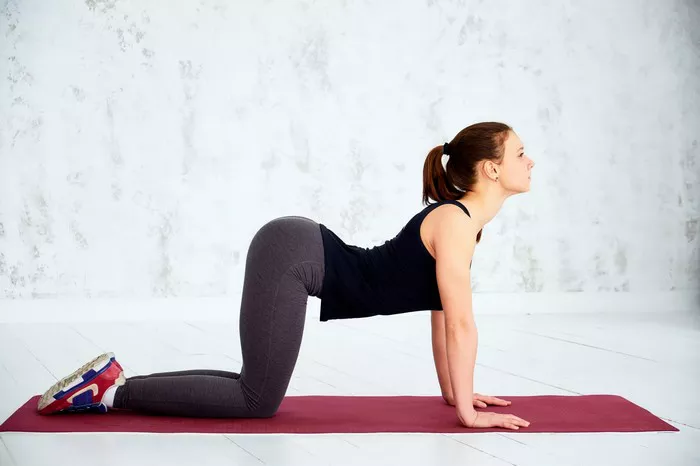Yoga is a diverse practice with numerous styles, each offering unique approaches to physical, mental, and spiritual well-being. Among the most popular forms are Ashtanga Yoga and Hatha Yoga, which differ in structure, intensity, and philosophy. While both promote health and mindfulness, they cater to different preferences and goals.This article explores the distinctions between Ashtanga and Hatha Yoga, examining their techniques, benefits, and suitability for practitioners. By the end, you’ll have a clear understanding of which style aligns best with your needs.
Origins and Philosophical Foundations
The Roots of Hatha Yoga
Hatha Yoga is one of the oldest and most traditional forms of yoga, originating in ancient India. The term “Hatha” combines two Sanskrit words: “Ha” (sun) and “Tha” (moon), symbolizing the balance between opposing energies.
Hatha Yoga focuses on physical postures (asanas) and breath control (pranayama), preparing the body for meditation. It is often considered a gentler, foundational practice that introduces beginners to yoga’s core principles.
The Discipline of Ashtanga Yoga
Ashtanga Yoga, developed by Sri K. Pattabhi Jois in the 20th century, is a more structured and dynamic form. The name “Ashtanga” means “eight limbs” in Sanskrit, referring to the eightfold path outlined by the sage Patanjali in the Yoga Sutras.
Unlike Hatha, Ashtanga follows a fixed sequence of poses performed in a specific order, synchronized with breath (vinyasa). It emphasizes strength, endurance, and discipline, making it a rigorous practice.
Structure and Practice: How They Differ
Hatha Yoga classes typically involve
In this yoga practice, the focus is on holding poses for the duration of several breaths. This extended hold is crucial as it enables the body to gradually find and build proper alignment. As you maintain each pose, the muscles are gently stretched and engaged, leading to an increase in flexibility over time. For instance, when in a standing forward bend, holding the position for multiple breaths allows the hamstrings to relax and lengthen more effectively.
The transitions between postures are carried out in a gentle manner. These smooth transitions are not just about moving from one pose to another physically; they are an opportunity for mindful movement. You become acutely aware of each movement of your body, the shift in your weight, and the activation of different muscle groups. It’s a chance to be fully present in the moment, enhancing your mind – body connection.
Furthermore, breathwork plays a fundamental role throughout the session. Specific breathing techniques are introduced to synchronize the breath with the movements and poses. This not only helps to calm the mind but also provides an internal rhythm to guide the practice. As the practice nears its end, relaxation techniques are employed, often culminating in a period of meditation. During meditation, you are given the space to let go of any remaining physical and mental tension, allowing for a deep sense of relaxation and rejuvenation.
Since Hatha is adaptable, instructors may modify sequences based on students’ needs, making it ideal for beginners or those seeking a meditative practice.
Ashtanga Yoga: A Dynamic and Sequential Practice
Ashtanga yoga follows a set structure with three main sequences. The Primary Series (Yoga Chikitsa) detoxifies the body and helps with alignment. Through poses like those in the Warrior series, it rids the body of toxins and corrects postural imbalances.
Next is the Intermediate Series (Nadi Shodhana), which cleanses the nervous system. Comprising more complex poses, it stimulates and purifies the body’s energy channels, enhancing the flow of prana for better mental clarity and reduced stress.
Finally, the Advanced Series (Sthira Bhaga) demands great strength and flexibility. Its intricate poses, such as advanced backbends and arm balances, require a strong physical foundation and intense mental focus, representing the highest level of Ashtanga practice.
Each session includes
Ashtanga yoga follows a set structure with three main sequences. The Primary Series (Yoga Chikitsa) detoxifies the body and helps with alignment. Through poses like those in the Warrior series, it rids the body of toxins and corrects postural imbalances.
Next is the Intermediate Series (Nadi Shodhana), which cleanses the nervous system. Comprising more complex poses, it stimulates and purifies the body’s energy channels, enhancing the flow of prana for better mental clarity and reduced stress.
Finally, the Advanced Series (Sthira Bhaga) demands great strength and flexibility. Its intricate poses, such as advanced backbends and arm balances, require a strong physical foundation and intense mental focus, representing the highest level of Ashtanga practice.
Physical and Mental Benefits Compared
Benefits of Hatha Yoga
This practice is highly beneficial. Sustained stretches boost flexibility, which in turn corrects posture, easing strain on the body. Deep breathing and relaxation techniques are key to reducing stress, lowering cortisol levels. The focus on slow, deliberate movements promotes mindfulness, helping you stay in the moment. What’s great is its wide accessibility. People of all ages and fitness levels can adapt it to their needs, making it a wonderful option for everyone seeking its advantages.
Benefits of Ashtanga Yoga
This activity is incredibly beneficial. Its vigorous nature helps build strength and stamina as you power through challenging movements. The repetitive sequences instill discipline and enhance mental focus, as you learn to concentrate on each step. Continuous movement significantly increases cardiovascular endurance, getting your heart pumping. Additionally, dynamic sweating and deep stretches work together to detoxify the body, flushing out impurities. It’s a comprehensive practice that offers physical and mental rewards.
While Hatha is therapeutic, Ashtanga is transformative, shaping both body and mind through rigorous discipline.
Which One Should You Choose?
When to Practice Hatha Yoga
If you’re a beginner eager for a gentle start, prefer slow – paced meditative sessions, or simply need effective stress relief and relaxation, this practice is an ideal choice. It offers a welcoming entry point for newbies, allowing you to ease into physical and mental well – being. The unhurried, meditative pace helps you center your mind, while the techniques provided are excellent for melting away stress, leaving you feeling refreshed and at peace.
When to Practice Ashtanga Yoga
If you relish structured, challenging workouts, aim to build endurance and muscle tone, or thrive in a disciplined, routine – based practice, this fitness regimen is perfect for you. It provides a clear framework of exercises that push your limits, helping you develop both physical strength and mental toughness. The regular routine allows you to steadily increase your endurance over time, while also toning your muscles through targeted movements.
Both styles complement each other—many yogis incorporate elements of both into their routines.
Conclusion
While Hatha Yoga offers a peaceful, adaptable approach, Ashtanga Yoga provides a rigorous, methodical journey. Your choice depends on your fitness level, goals, and personal preferences.Whether you seek relaxation or intensity, both paths lead to greater physical health, mental clarity, and spiritual growth. The best practice is the one that resonates with you and keeps you committed to your yoga journey.
Related Topics



